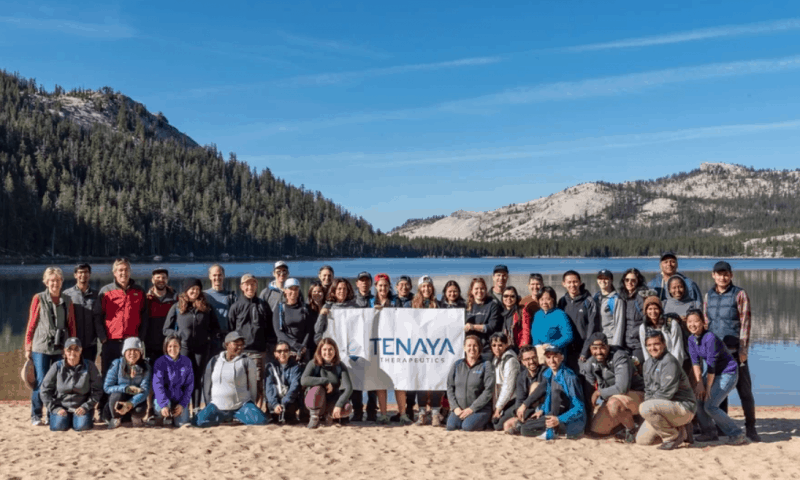With another $106 million in the bank, heart-focused Tenaya Therapeutics is ready to talk targets. The series C funding will propel several preclinical programs toward the clinic, including a gene therapy for hypertrophic cardiomyopathy (HCM), as well as set up a site in the Bay Area to manufacture vectors to deliver its treatments.
The South San Francisco-based biotech is attacking heart disease through three different angles: gene therapy, cellular regeneration and precision medicine. It’s taking this multipronged approach so it can solve the different types of problems that can lead to heart disease and heart failure.
A gene therapy would be the right weapon against genetic forms of heart disease, for example, while a regenerative approach would be useful in patients who have lost heart muscle cells after a heart attack, Tenaya CEO Faraz Ali said in a previous interview.
HCM, the company’s lead indication, has multiple causes, both genetic and non-genetic. But Tenaya is starting with an AAV-based gene therapy targeting mutations in the MYBPC3 gene, the leading genetic cause of HCM. Mutations like these cause the walls of the left ventricle to contract harder and thicken. Because the walls become stiff, the heart pumps less blood than normal.
Tenaya is also unveiling a program targeting DWORF, a recently discovered protein that affects the SERCA pathway, which plays a role in the heart’s contraction.
“It’s new scientific territory, but it’s a new approach on a validated pathway,” Ali said, adding that the research suggests overexpressing the protein could be useful in a “wide range of potential indications.”
The company hasn’t proven out its hypothesis in humans, yet, but it thinks the approach could be useful in treating patients with genetic and non-genetic forms of dilated cardiomyopathy, in which the heart muscle becomes weakened and enlarged, and in a type of heart failure called HFrEF where the heart muscle does not contract effectively, so less oxygen-rich blood gets pumped out to the body.
Tenaya hopes to succeed in heart failure where others have failed by testing the gene therapy first a group of patients with a rare mutation to prove safety and efficacy before moving into more prevalent types of the disease.
“Heart failure has been a really difficult area of drug development. A lot of people started in what I call the deep end of the pool, where there is a lot of heterogeneity … It’s hard to get a strong signal in the noise of heterogeneity,” Ali said.
Besides these two gene therapies, Tenaya has “quite a deep pipeline of things” it’s working on, according to Ali, but the company is keeping those close to the vest for now.
Tenaya will also use the series C to build on its platforms and set up a manufacturing site in 2021. The former includes work in capsid engineering and disease modeling, while the latter is an investment in controlling the company’s own destiny, Ali said.
Manufacturing is a well-known bottleneck in gene therapy, with many companies relying on contract development manufacturing organizations to make the vectors they need to deliver their treatments.
Making its own vectors means Tenaya won’t be “at the whim” of the scheduling, availability and capacity of the CDMO, and it also lays the groundwork for the company to scale up its manufacturing capacity and move beyond rare disease into bigger indications.

